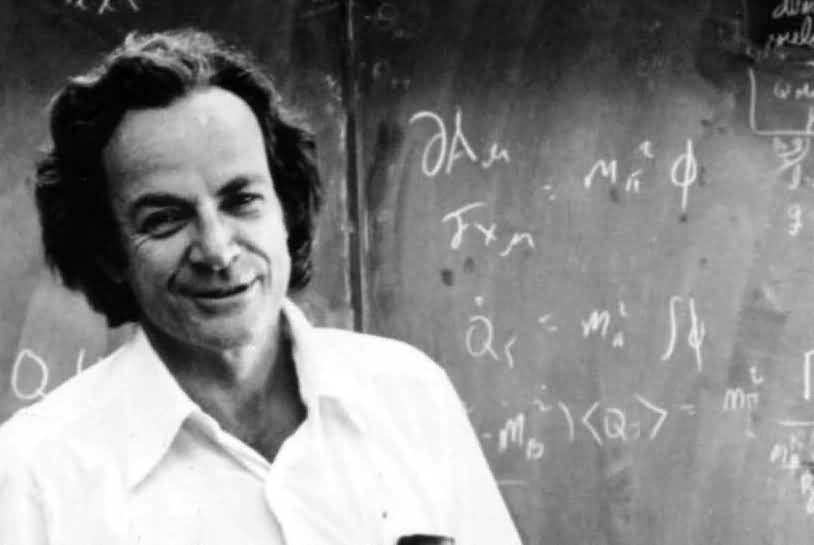Feynman's Lectures Published for Free!
Feynman's lectures are among the most famous in the world of physics. His lectures are fantastic and useful for students, teachers, enthusiasts, scientists—in short, everyone. The California Institute of Technology (Caltech) Feynman's Lessons They have published the content of all courses online for free on their website.

In this Feynman diagram, the annihilation of an electron and a positron produces a photon (shown by the blue sine wave) and a quark-antiquark pair, followed by the antiquark emission of a gluon (shown by the green helix).
These lectures were originally presented by physicist Richard Feynman at Caltech in 1960. Now, they've been compiled and presented in three parts. To date, 1.5 million copies have been sold as a book. Now, it's free. Of course, you must know English to read it.
To briefly summarize Richard Feynman, he is one of the most important and legendary physicists of the 20th century. He received the Nobel Prize in 1965, along with Julian Schwinger and Sin-Itiro Tomonaga, for his work on Quantum Electrodynamics. Richard Feynman's greatest contribution was the diagrams he created to explain Quantum Electrodynamics. You can see a sample diagram on the left.
If you prefer to watch rather than read, you can listen to the lectures Feynman gave in his classroom 50 years ago below.
Lesson 1: The Law of Gravitation
Lesson 2: Relationship between Mathematics and Physics
Lesson 3: The Great Conservation Principles
Lesson 4: Symmetry in the Laws of Physics
Lesson 5: The Distinction Between Past and Future
Lesson 6: Possibility And Uncertainty – Nature's Quantum Mechanical Appearance
Lesson 7: Looking for New Laws

It doesn't matter how beautiful your theory is, or how smart you are. If your theory doesn't agree with experimental results, it's wrong.
Richard Feynman










It is easy to find the Turkish version of the e-book in PDF format. The Turkish version of the video is exactly the same in the e-book. The name of the book is Richard Feynman on the laws of physics.
Very old videos, black and white. With so much change since then, can we still say these lessons are worth watching?
His book, "On the Laws of Physics," is the printed version of these lectures. It would have been better if the videos had been subtitled in Turkish. Therefore, for better understanding, it's best to study the videos alongside the book "On the Laws of Physics."